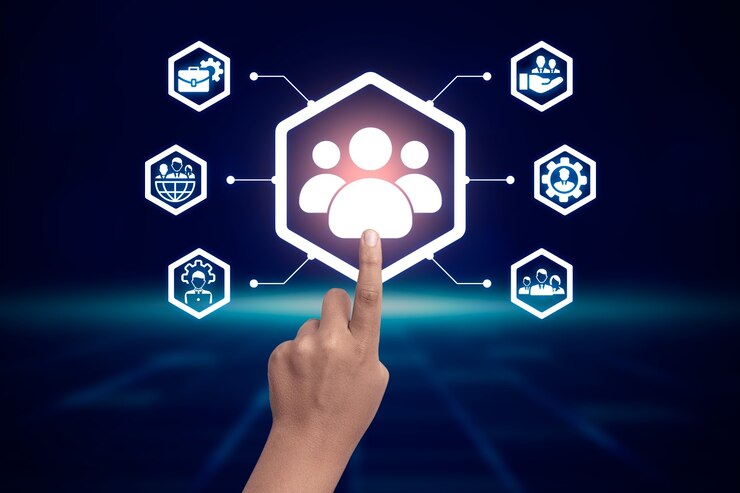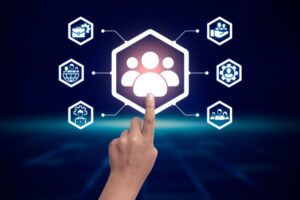How to Build a Motivational Culture for Creativity and Productivity in Small and Medium-sized Businesses
Introduction
In the competitive landscape of today’s business world, fostering a motivational culture is paramount for small and medium-sized enterprises (SMEs) aiming to thrive. This article delves into effective strategies for cultivating an environment that encourages both creativity and productivity within such organizations.
Understanding Motivation in the Workplace
Motivation serves as the driving force behind employees’ willingness to exert effort towards achieving organizational goals. In SMEs, where resources may be limited, harnessing motivation becomes even more critical. By fostering a motivational culture, SMEs can inspire their employees to perform at their best, leading to enhanced innovation and productivity.
Recognizing the Importance of Creativity and Productivity
Creativity and productivity are two sides of the same coin when it comes to business success. Creativity sparks innovation and drives growth, while productivity ensures efficient utilization of resources, thereby maximizing output. Striking a balance between the two is essential for SMEs to remain competitive and adaptable in a rapidly evolving market.
Building Blocks of a Motivational Culture
1. Transparent Leadership
Effective leadership sets the tone for the entire organization. Transparent communication from leaders fosters trust and empowers employees to contribute ideas freely.
2. Employee Recognition Programs
Acknowledging and rewarding employees for their contributions cultivates a positive work environment and reinforces desired behaviors.
3. Promoting Work-Life Balance
Encouraging a healthy balance between work and personal life enhances job satisfaction and reduces burnout, leading to higher levels of motivation and productivity.
4. Continuous Learning and Development
Providing opportunities for skill enhancement and professional growth demonstrates a commitment to employee success, motivating them to excel in their roles.
5. Encouraging Collaboration and Idea Sharing
Creating platforms for collaboration fosters a culture of teamwork and encourages the exchange of innovative ideas among employees.
Implementing Motivational Strategies
Harnessing Employee Feedback Channels
Establishing feedback mechanisms enables employees to voice their opinions and concerns, fostering a sense of belonging and empowerment within the organization.
Embracing Flexibility in Work Arrangements
Offering flexible work arrangements, such as remote work options or flexible hours, accommodates diverse needs and preferences, boosting morale and productivity.
Providing Mentorship Opportunities
Pairing employees with experienced mentors cultivates a culture of learning and development, nurturing talent and fostering innovation within the organization.

FAQs (Frequently Asked Questions)
How can SMEs measure the effectiveness of their motivational culture?
SMEs can gauge the effectiveness of their motivational culture through employee surveys, performance metrics, and retention rates.
What role do leaders play in fostering a motivational culture?
Leaders serve as role models and catalysts for change, shaping organizational culture through their actions and behaviors.
Is it possible to maintain a motivational culture in remote work settings?
Yes, leveraging technology and communication tools can facilitate virtual collaboration and maintain a sense of connectedness among remote teams.
How can SMEs address employee disengagement?
By identifying root causes of disengagement and implementing targeted interventions, such as training programs or restructuring job roles, SMEs can re-engage employees effectively.
What are some cost-effective ways for SMEs to boost employee morale?
Simple gestures such as recognizing achievements publicly, providing opportunities for professional development, and fostering a supportive work environment can significantly impact employee morale without substantial financial investment.
How can SMEs sustain a motivational culture during periods of organizational change?
Transparency, open communication, and involving employees in the change process can mitigate resistance and maintain morale during times of transition.
Conclusion
Cultivating a motivational culture is not merely a buzzword; it is a strategic imperative for SMEs seeking sustainable growth and success. By prioritizing employee motivation, creativity, and productivity, SMEs can position themselves as dynamic and resilient entities in today’s competitive business landscape.



















